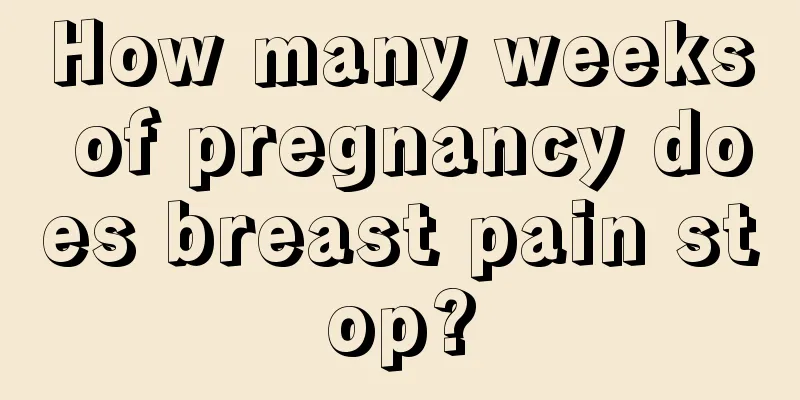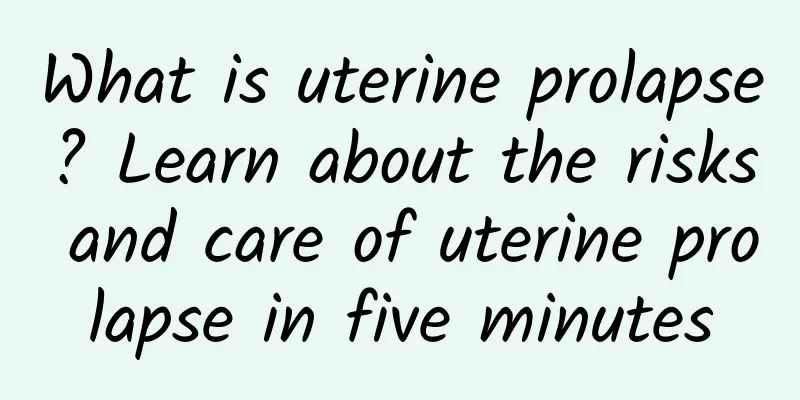What are the principles for managing ectopic pregnancy?

|
Generally speaking, if a female friend has an ectopic pregnancy, she must seek timely treatment, otherwise the disease will cause further damage to the body and may cause heavy bleeding. The treatment principles for ectopic pregnancy can generally be divided into two types, one is salpingectomy, and the other is conservative fallopian tube surgery. Both surgeries require attention to postoperative care. 1. Salpingectomy: If the woman has given birth after tubal pregnancy, salpingectomy is generally performed, which is especially suitable for emergency patients with internal bleeding and shock. For patients with milder conditions or those who meet the conditions, laparoscopic surgery can be performed, and the treatment can be determined based on the condition of the contralateral fallopian tube and whether the patient has fertility requirements. For interstitial pregnancy in the fallopian tube, surgery should be performed before rupture to avoid potentially life-threatening bleeding. The surgery should include wedge resection of the uterine horn and removal of the affected fallopian tube, and removal of the uterus if necessary. For those who need to preserve their fertility, the affected area can be removed and the fallopian tube transplanted to the uterine cornu. If the interstitial pregnancy ruptures, surgical rescue should be performed as soon as possible, often while counteracting shock. First, clamp the pelvic infundibulum ligament and uterine cornu to stop bleeding, and then remove the interstitial pregnancy. Attention should be paid to adequate hemostasis and suturing. Leave no gaps. 2. Conservative fallopian tube surgery (fallopian tube-preserving surgery): Suitable for young women who want to have children, especially those with obvious lesions in the contralateral fallopian tube. The surgical procedure should be selected according to the site of implantation of the fertilized egg and the condition of the fallopian tube lesions. If it is a fimbria pregnancy, squeezing can be performed; if it is an ampulla pregnancy, salpingotomy and embryo retrieval can be performed; if it is an isthmus pregnancy, the diseased segment can be resected and end-to-end anastomosis can be performed. The use of microsurgical techniques can improve the postoperative pregnancy rate. In addition to laparotomy, conservative surgery can also be performed through laparoscopy. |
<<: How to perform surgery for ectopic pregnancy?
>>: What is the reason for no leucorrhea during ovulation?
Recommend
What can I eat after a miscarriage?
We live in an era of advanced technology, where a...
Can pregnant women take L-carnitine?
L-carnitine is a relatively common health product...
When I wake up in the morning, water is flowing under my head
Some female friends find that there is always wat...
What is the milky white liquid coming out of my vagina?
If you find milky white liquid flowing out of you...
What causes ovarian tumors?
The ovaries are a very important organ in the fem...
Will long-term radiation cause spots?
With the current social progress, most people can...
Can I take a bath during early pregnancy?
In the early stages of pregnancy, many people are...
What causes vaginal itching and tingling?
Generally, women will not speak out when they exp...
Does eating grapefruit peel increase internal heat or reduce internal heat? What are the effects of soaking grapefruit peel in water?
In daily life, grapefruit peel is often used to s...
I hope you don’t have any of these habits that cause constipation…
Expert of this article: Zhao Weitong, attending p...
Will allergies cause gynecological inflammation?
Allergies are allergies, and gynecological inflam...
What is the effect of skipping rope during ovulation?
Pregnancy is the greatest happiness in women'...
How many days after menstruation can pregnancy be detected? Authoritative experts say
As we all know, if a woman is pregnant, she will ...
Many women around me have suffered from uterine fibroids. Who is likely to get it?
Author: Shi Jinqiu, deputy chief physician, The T...
What are the dietary treatments for lobular hyperplasia?
Lobular breast hyperplasia is a problem for many ...









